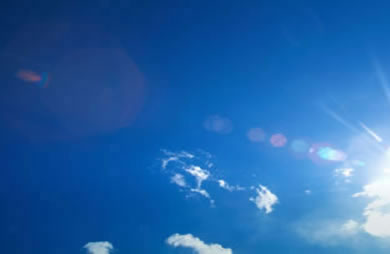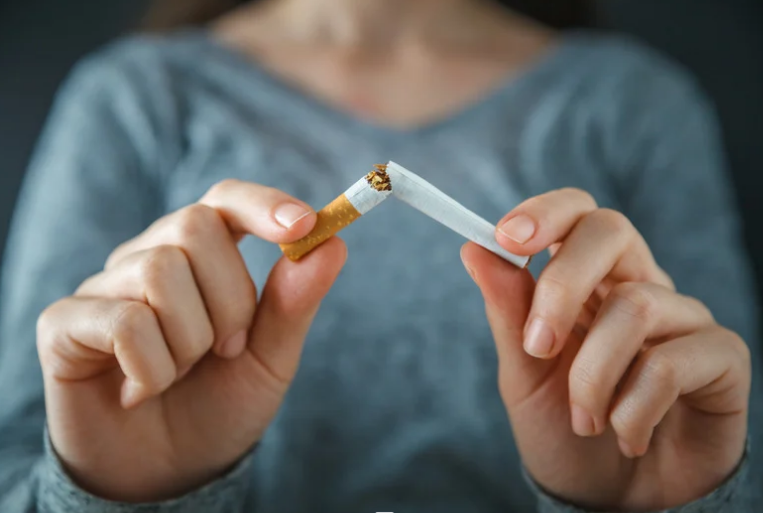Breast cancer strikes an emotional tone for many. After all, aside from skin cancer, breast cancer is the most common cancer among women in the U.S., meaning one in eight women will be diagnosed. Even with the prevalence of breast cancer, there are still many misconceptions, many of which involve early detection and diagnosis. It's time to clear up the confusion to raise awareness.
Myth #1: Any lump in your breast is a sign of breast cancer.
False.
While it’s true that a lump is a common symptom of breast cancer, lumps can be caused by many benign (non-cancerous) conditions. For example, a lump in the breast could be a cyst, fibrous mass or papilloma, a wart-like bump that grows near the nipple.
Now, does that mean it’s okay to ignore new lumps or bumps in your breast? Not at all. Any new lump warrants a trip to the doctor, but know that it doesn’t automatically point to breast cancer.
Myth #2: Breast cancer always causes a lump.
False.
Just as all lumps aren’t cancer, all cancers don’t cause lumps. Specifically, breast cancer can cause other symptoms like breast pain, swelling and skin dimpling that looks like an orange peel— with or without a lump. Breast cancer can also affect your nipple, causing symptoms like dryness, retraction discharge or thickening, according to the American Cancer Society.
Again, it’s worth noting that these symptoms may indicate a non-cancerous condition. That said, it’s always a good idea to see your doctor if you notice any changes in your breasts or nipples.
Myth #3: If you don’t have a family history of breast cancer, you won’t get it.
False.
It’s true that having a relative with breast cancer increases your risk of the disease. The risk is even higher if you have a first-degree relative, like a sister, with breast cancer. However, even if you don’t have a family history of breast cancer, you can still develop the disease. According to the American Cancer Society, a majority of women who develop breast cancer have no family history.
So, what does that mean for you? Whether or not you have a family history, you can reduce your risk by staying physically active, avoiding or limiting alcohol, and managing your weight. If you do have a relative breast cancer, work with your doctor to determine the best way to regularly monitor your health.
Myth #4: Mammograms cause breast cancer.
False.
A mammogram is a screening tool that creates an X-ray of the breast tissue. It can help detect breast cancer early when it’s easier to treat. While the X-ray does expose the breast to some radiation—potentially increasing breast cancer risk in some people—that doesn’t necessarily mean it causes breast cancer. Not only do mammograms use very low doses of radiation, but the benefits of early breast cancer detection using mammograms outweigh the risks.
Still, repeated X-rays of any kind can increase the risk of cancer over time, so talk to your doctor before getting mammograms or X-rays in general. As with most things in life, knowledge is power!
Myth #5: Men can’t get breast cancer.
False.
Although women have a higher risk of developing breast cancer, that doesn’t mean men can’t develop the disease. According to the Centers for Disease Control and Prevention, approximately one out of every 100 breast cancers in the United States is diagnosed in a man. The symptoms, which are similar to those in women, may include a breast lump or swelling, skin dimpling or nipple discharge. The risk of is also higher in men who have a family history of breast cancer, but again, a man can still develop the disease without a family history.
Breast cancer is a scary diagnosis, but the more you know about the disease and its signs and symptoms, the better you can protect yourself. No matter your perceived risk, regular screenings and self-exams could save your life, so make both a priority.













